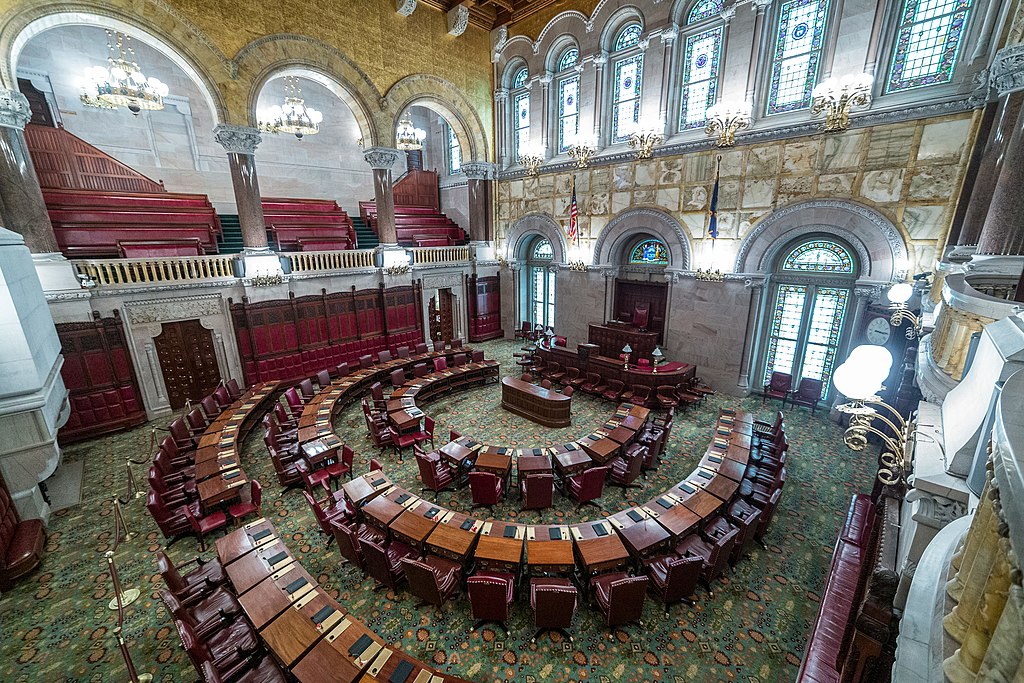Democrats gained a veto-proof majority in the New York State Senate after enough remaining races were called over the weekend to bring them to a two-thirds majority in the chamber. Democrats already held a veto-proof majority in the state Assembly. In New York, two-thirds of members in both chambers must vote to override a veto, which is 100 of the 150 members in the New York State Assembly and 42 of the 63 members in the New York State Senate.
The status of a veto-proof majority has changed in four states as a result of the 2020 elections. These results are subject to change as more votes are counted and elections are certified.
- In Connecticut, Democrats gained a veto-proof majority in the state Senate.
- In Delaware, Democrats maintained a veto-proof majority in the state House and gained a veto-proof majority in the state Senate.
- In Nevada, Democrats lost a veto-proof majority in the state Assembly.
- In New York, Democrats maintained a veto-proof majority in the state Assembly and gained a veto-proof majority in the state Senate.
The veto override power can play a role in conflicts between state legislatures and governors. Conflict can occur when legislatures vote to override gubernatorial vetoes or in court cases related to vetoes and the override power. Although it has the potential to create conflict, the veto override power is rarely used. According to political scientists Peverill Squire and Gary Moncrief in 2010, only about five percent of vetoes are overridden.
Prior to April 2018, factions in the New York State Senate included the mainline Democratic Party, the Republican Party, and an offshoot of the Democratic Party called the Independent Democratic Conference (IDC). Republicans controlled the chamber from 2012 to 2018 through an alliance with the IDC and Democratic Sen. Simcha Felder. In April 2018, the eight members of the IDC rejoined the mainline Democratic conference, but Felder stayed with the Republicans, giving them an effective 32-31 majority in the chamber. In the November 2018 elections, Democrats expanded their majority to 40-23, giving them full control of the state Senate for the second time since 1964.
Forty-four states held regularly-scheduled state legislative elections on Nov 3. At the time of the election, there were 22 state legislatures where one party had a veto-proof majority in both chambers; 16 held by Republicans and six held by Democrats. Twenty of those states held legislative elections in 2020.
Additional reading:


